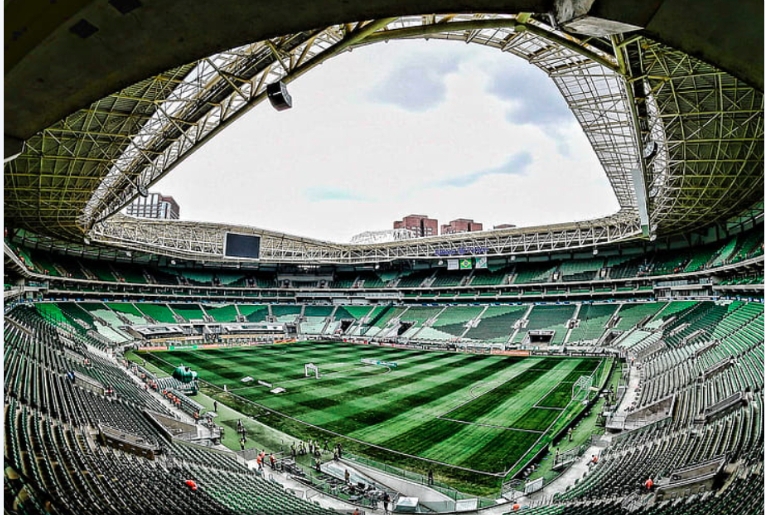A recent study conducted by the Department of Orthopedic Surgery at the Stanford University School of Medicine revealed that female soccer players face a significantly higher risk of Anterior Cruciate Ligament (ACL) injury when playing on synthetic turf compared to natural grass. The research, a systematic review and meta-analysis, found no significant difference in the risk of ACL injury for male players on different playing surfaces.
Both natural grass and synthetic turf are popular surfaces for playing soccer. Biomechanical studies suggest that the increased frictional forces on synthetic turf may contribute to ACL injuries. The increased risk of ACL injury in female soccer players may amplify this effect, making this issue a critical point for safety in the sport.
READ MORE
++ CBF demands action against referees after Copa América controversy
++ Players eliminated from the Copa América 2024 who return to the Brasileirão
++ Copa América 2024: Conmebol admits mistake in penalty not given to Vinicius in Brazil – Colombia
The study aimed to systematically review the existing literature to compare the risk of ACL injury in soccer players on Synthetic Turf vs. Natural Grass and determine if there are differences in injury risk between male and female players.
Using PRISMA guidelines, the research team reviewed three databases to identify studies with levels of evidence 1 to 3 that compared the incidence of ACL injuries on synthetic turf vs. natural grass in soccer players. Data such as study characteristics, participant sex, competition level, exposure environment (games or training), field type, and ACL injury information were recorded and analyzed.
The review included seven articles, covering studies in professional, collegiate, and youth soccer. The analyses revealed that there is no significant overall difference in the risk of ACL injury when playing on Synthetic Turf compared to Natural Grass. However, a significantly higher risk of ACL injury in Synthetic Turf games was found for female players (IRR = 1.18; P = .004), but not for male players (IRR = 1.18; P = .09).
The results indicate that female soccer players have a significantly higher risk of ACL injury when playing on synthetic turf compared to natural grass, while no significant difference was observed for male players. Additionally, no significant differences were found for games or training on different surfaces.
Dr. Marco Antônio de Araújo, director of the Arthphysio clinic, who sent us the study, commented: “_These findings highlight the need to consider gender differences when evaluating the safety of playing surfaces. It is crucial that sports organizations take these data into account when making decisions about the use of synthetic fields, especially for women’s teams_.”
The physical therapist, co-founder of the National Society of Sports Physical Therapy (SONAFE), adds: “_The results of this study are important for clinical practice. They suggest that we should be more cautious and perhaps implement more rigorous injury prevention protocols for players who frequently use synthetic fields. The biomechanics of female players may interact differently with the synthetic field, increasing the risk of serious injuries like ACL_.”



